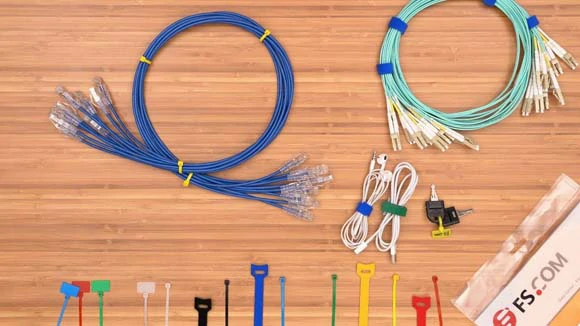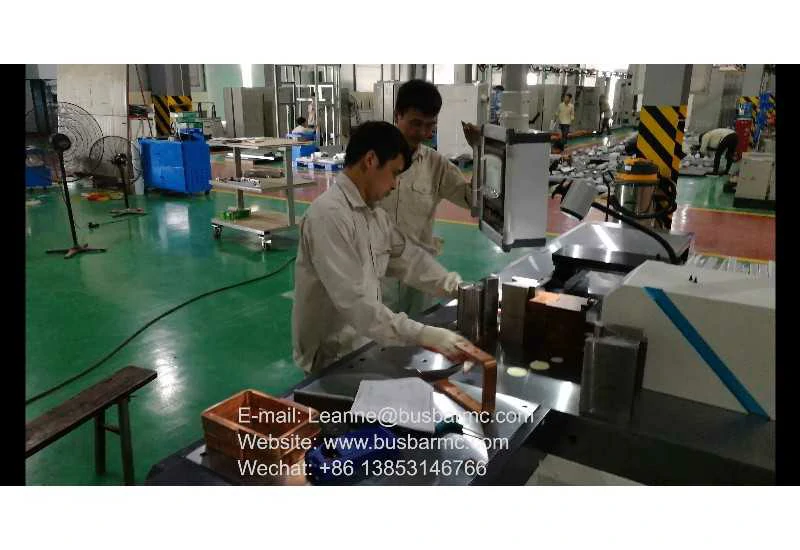Cable Problem: A Guide to Troubleshooting and Solutions
Introduction:
In today’s digital age, cables play a crucial role in connecting various devices, such as computers, televisions, and smartphones. However, cable problems can be frustrating and hinder the proper functioning of our devices. This article aims to provide a comprehensive guide to troubleshooting and solving common cable issues.
1. Identify the Problem:
Before diving into solutions, it is essential to identify the specific issue you are facing. Cable problems can manifest in various ways, such as a lack of connection, poor signal quality, or distorted audio/video. Understanding the problem will help you narrow down the potential causes and find an appropriate solution.
2. Check Physical Connectivity:
The first step in troubleshooting cable problems is to ensure that all connections are secure and properly plugged in. Make sure that cables are firmly inserted into their respective ports, and check for any visible signs of damage, such as frayed wires or bent pins.
3. Swap Cables:
If the problem persists, try swapping the cable with a known working one. This step will help determine whether the issue lies in the cable itself or in the connected devices. If the problem resolves after swapping cables, it is likely that the original cable was faulty and needs to be replaced.
4. Test Different Ports:
Sometimes, the issue may not lie with the cable but rather with the port on either device. Try connecting the cable to different ports to see if the problem persists. If the issue disappears when using a different port, it suggests that the original port is faulty and may require repair or replacement.
5. Update Drivers and Firmware:
Outdated drivers or firmware can cause compatibility issues, leading to cable problems. Check for updates on the manufacturer’s website for both the devices and the cables, and install them if available. The updated software often includes bug fixes and performance improvements that may resolve the cable issue.
6. Adjust Display and Audio Settings:
If you are experiencing audio/video problems, adjusting the display and audio settings may help. Ensure that the correct resolution, refresh rate, and audio output settings are selected for your specific devices. Misconfigured settings can result in distorted or no audio/video signals.
7. Use Adapters and Converters:
Different devices often have varying connection types. Using adapters or converters can bridge the gap and enable compatibility between devices. For example, HDMI to VGA adapters allow connecting HDMI devices to VGA displays. However, ensure that the adapters and converters you use are high-quality and compatible with your devices to avoid signal degradation.
8. Maintain Cable Care:
Regular maintenance and care can prevent future cable problems. Avoid bending cables at sharp angles, as this can damage the internal wiring. Additionally, keep cables away from sources of heat and potential physical hazards. Properly coil and store unused cables to prevent tangling and reduce strain on the connectors.
9. Seek Professional Help:
If all else fails, it may be time to seek professional assistance. Certified technicians or customer support for the specific devices can provide expert guidance and resolve complex cable issues. They may also suggest advanced troubleshooting steps or recommend specialized equipment for accurate diagnosis.
Conclusion:
Cable problems can be frustrating, but with a systematic approach to troubleshooting, most issues can be resolved. By following the steps outlined in this guide, you can identify the problem, find the appropriate solution, and ensure that your devices are connected seamlessly. Remember to practice good cable care habits and stay updated with the latest software releases to minimize future cable problems.
.webp)



